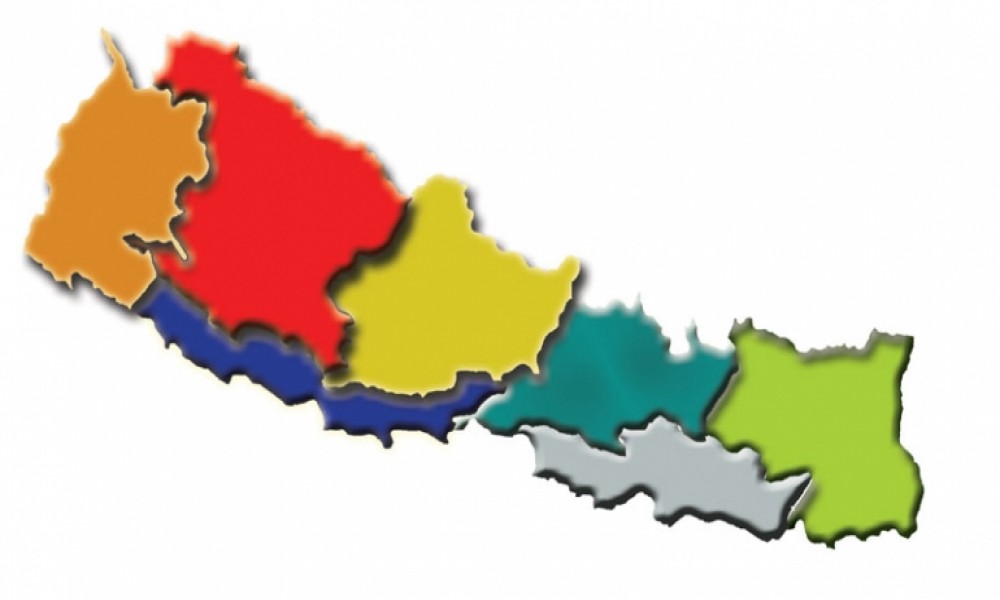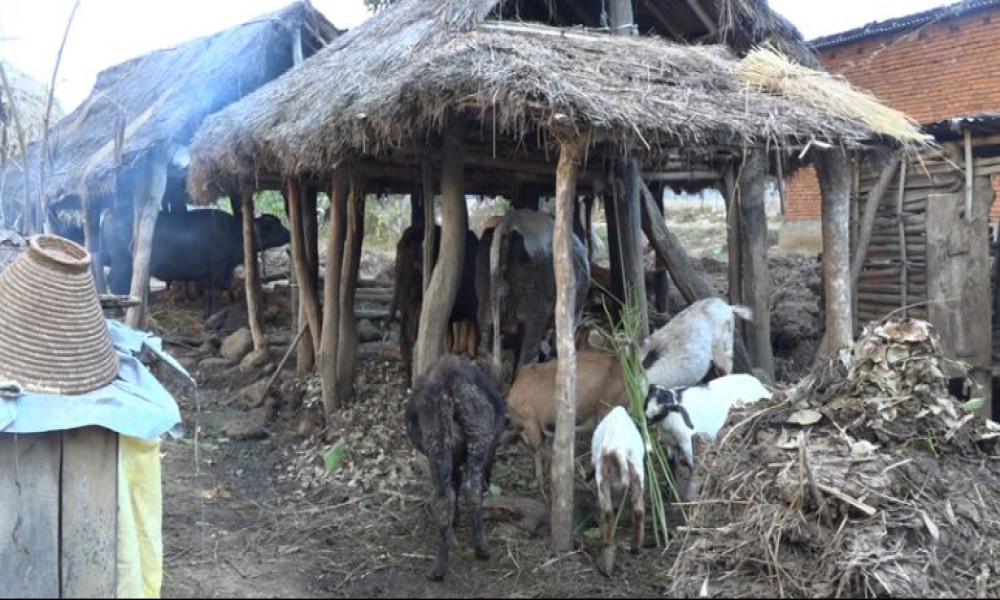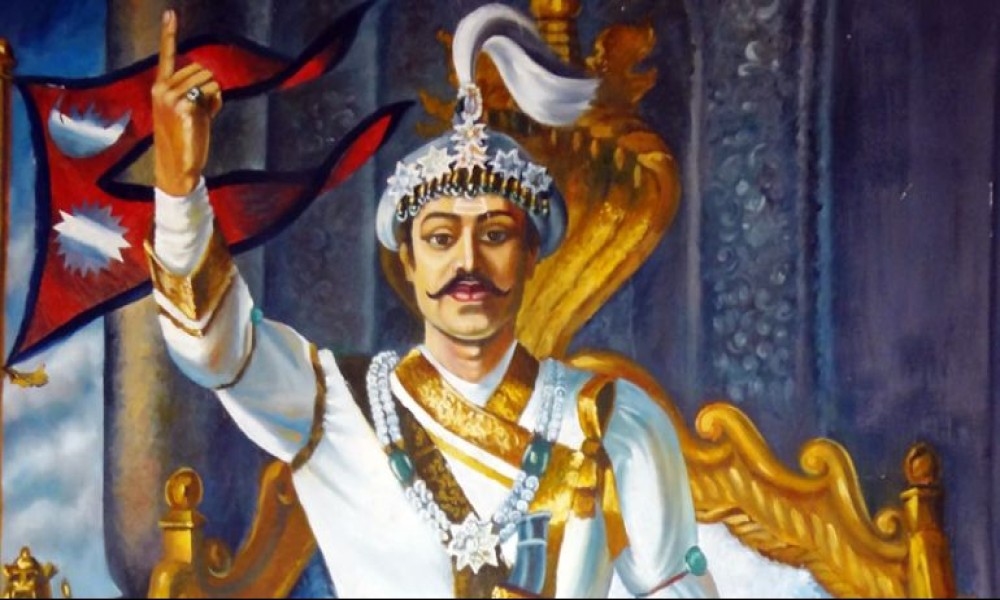TUNGA RAI
Wild animals usually venture out of their territories when their habitats are encroached upon by humans, when they do not have adequate room to roam around in the jungle, and when they cannot get enough food in the woods. They enter human territories in search of food and habitat. They would not step out of the woods so long as they get enough space and food within their natural habitats.
Nevertheless, the rise in wild animal attacks on humans in recent months in Nepal is also a consequence of an utter disregard for indigenous knowledge and practices in wildlife conservation. Indigenous Peoples have their own rules about when and how to use natural resources, and to what extent. Their knowledge is shaped by experiences through generations.
But indigenous knowledge, practices, and norms and values are not reflected in Nepal's natural resources management policies and programs. Copied from or influenced by western modality of nature conservation, these policies and practices may not be best suited for our unique ecosystem, context, and realities.
Indigenous Peoples have their own rules of hunting based on their own experiences. For an example, many indigenous communities go for hunting only in certain seasons. They abstain from hunting in other times.
Every ecology and every ecosystem are unique, and they have their own limits. These ecosystems must be in sync with other systems for their own growth and sustainability. They cannot survive if they are overcrowded beyond their capacities. Perhaps for this reason, the human civilization has accepted the practice of hunting.
Indigenous Peoples have their own rules of hunting based on their own experiences. For an example, many indigenous communities go for hunting only in certain seasons. They abstain from hunting in other times. The logic behind this rule is that wild animals need time and environment for reproductive activities, and they should be left alone during mating season.
Indigenous people may hunt wild animals but in a limited and guided way, which is critical to maintaining balance in an ecosystem. But their hunting practices have been disregarded by modern conservation policies, which focus on increasing the number of wild animals without caring much about whether their increased population can be sustained by the ecosystem.
As a result, an ecosystem may be overcrowded with wild animals. In such a situation, wild animals may not find enough room and food in their natural habitat and are forced to step out of the woods. This results in a conflict between humans and wild animals.
If we fail to understand the interrelations between human species and local natural resources while formulating wildlife conservation policies, there will be conflict not just between humans and wildlife but also between local indigenous people and conservation officials. Such interrelations between people and nature are not just economic and social but are also related to cultural norms and values, and religious belief. A disregard for such multi-dimensional interrelations between indigenous people and nature triggers a conflict.
Indigenous people may hunt wild animals but in a limited and guided way, which is critical to maintaining balance in an ecosystem. But their hunting practices have been disregarded by modern conservation policies, which focus on increasing the number of wild animals without caring much about whether their increased population can be sustained by the ecosystem.
For example, an area, just an empty area with no physical structure in it, can be a holy place for some indigenous community. It could be an intangible heritage for them. But if this area is fenced in the name of protecting jungle or wildlife animals and indigenous people are prohibited from going there, there will be conflict. Such act of prohibiting indigenous people from entering their own shrines could result in a long-drawn-out conflict like what we see in the Chitwan National Park. Indigenous people are often arrested, jailed, beaten up and punished by the CNP authorities for entering the protected jungle, but what we must understand is this jungle used to be a source of livelihood, or a shrine, before it was declared to be a park.
Last year, Raj Kumar Chepang was beaten to death by police in the CNP area. It was reported that he had entered the jungle to collect ferns, or for other livelihood activities. But nobody cared about whether he had gone to the jungle for religious or cultural reasons, or why he had been forced off his ancestral land in the first place. Fencing a jungle or keeping indigenous people away by using force is not a solution. It just triggers more conflicts. Therefore, it is now important to ensure that local indigenous knowledge and practices are reflected in natural resource management.
Indigenous knowledge and practices may not be totally scientific, but it is also a science. If we could integrate this science into our modern policies and practices, we will have the best possible results. Only a conservation policy steeped in local indigenous values and practices is best suited for the local ecosystem where it is implemented. Some initiatives have already been taken to this regard in Nepal, but they need to be consolidated. The onus is on the government to develop and implement such policies and programs, but we are always ready to help from our side.
(Tunga Rai is an anthropologist active in advocating human rights in relation to natural resource management. This article is based on a conversation between him and journalist Diwakar Pyakurel, and it was originally published in www.onlinekhabar.com)









